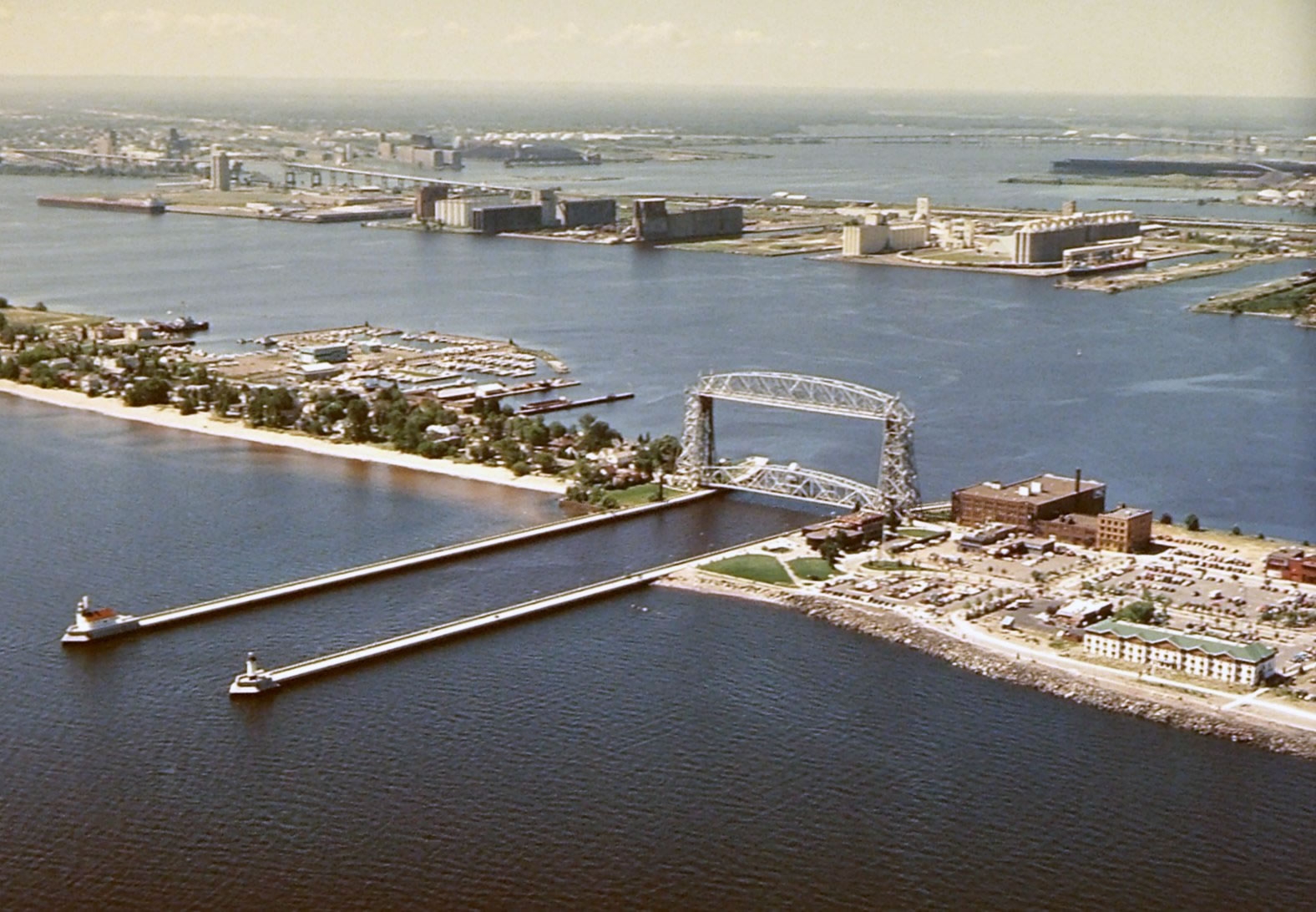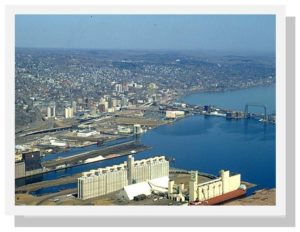 What is the MIC, Anyway, and What Do They Do?
What is the MIC, Anyway, and What Do They Do?
Have you ever wondered how great trails such as the Lakewalk come about or what goes in to planning the major road construction projects you see around town? Well, this summer I gained some insight into this process through my internship with the Duluth-Superior Metropolitan Interstate Council, or the MIC.
With one year remaining in my Environment and Sustainability program at the University of Minnesota-Duluth, I was able to gain valuable experience in the professional world of transportation and land use planning.
What I have gained most in my time at the MIC is a greater appreciation for the intricacies of the transportation network and a motivation for creating healthier and more sustainable ways for the people of the Twin Ports to move about their city.
The folks at the MIC come to work each day with the goal of making the transportation system in the Twin Ports as friendly as possible for all of its users. They have the tough task of creating a network that balances the needs of all types of commuters, and connects our citizens in the most safe, efficient and sustainable ways possible.
The MIC also provided me with a good avenue to express my sustainable development concerns and promote alternative transportation options.
 The summer months offer prime conditions for focusing on bicycle behavior and infrastructure. I assisted the MIC in conducting the first-ever count of bicycles and pedestrians in the East Hillside neighborhood, hosting a Bikeable Community Workshop, and finding ways to accommodate bicyclists in the new DTA Multimodal Transportation Center.
The summer months offer prime conditions for focusing on bicycle behavior and infrastructure. I assisted the MIC in conducting the first-ever count of bicycles and pedestrians in the East Hillside neighborhood, hosting a Bikeable Community Workshop, and finding ways to accommodate bicyclists in the new DTA Multimodal Transportation Center.
As I head back to school this fall and leave the MIC in a formal sense, I look forward to continuing to work on these same issues in the academic realm. I also am excited to see these projects come to fruition, particularly the upcoming bike/ped count this September and the development of the Multimodal Transportation Center.
Perhaps what I’ll miss most is my bicycle commute to the office by way of the Lakewalk each day as my destination is up the hill to campus now. But I’ll still be out there plenty, and looking forward to the future completion of the Cross City Trail, as well as the other great projects the folks at the MIC are tackling.




